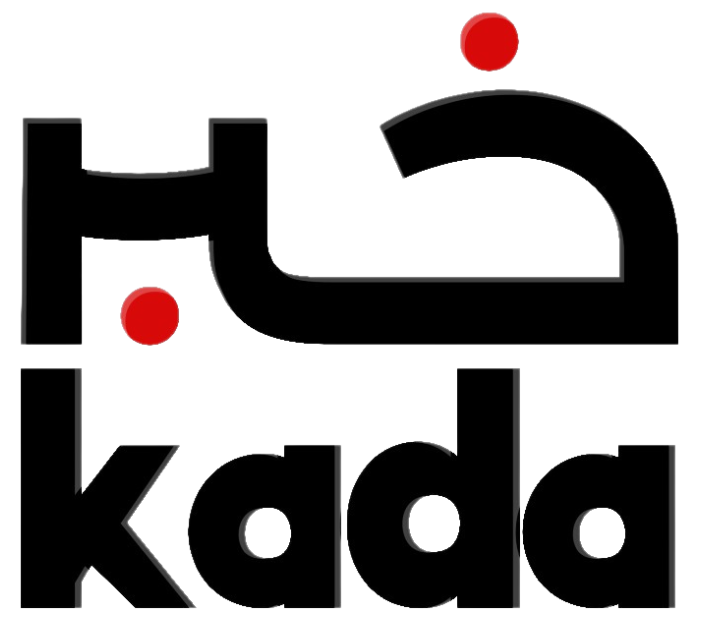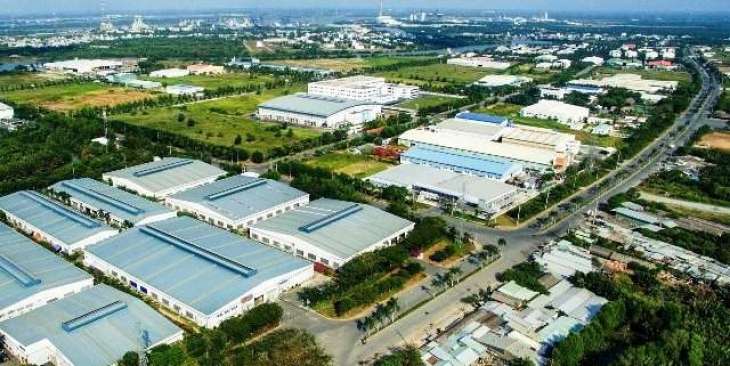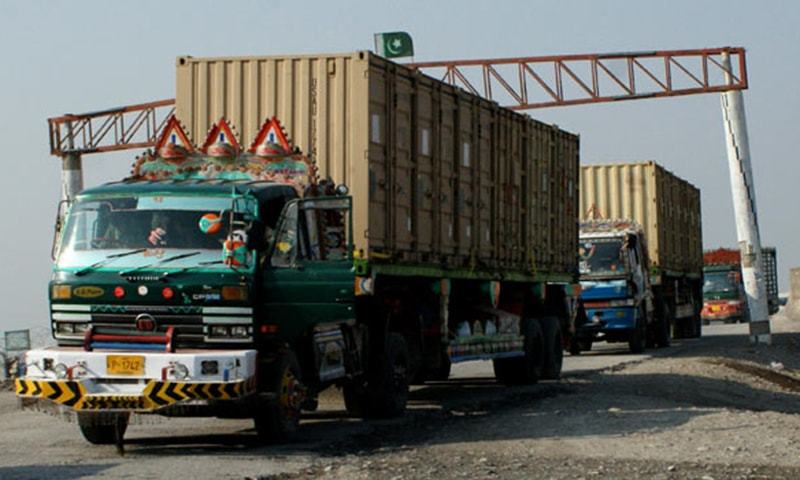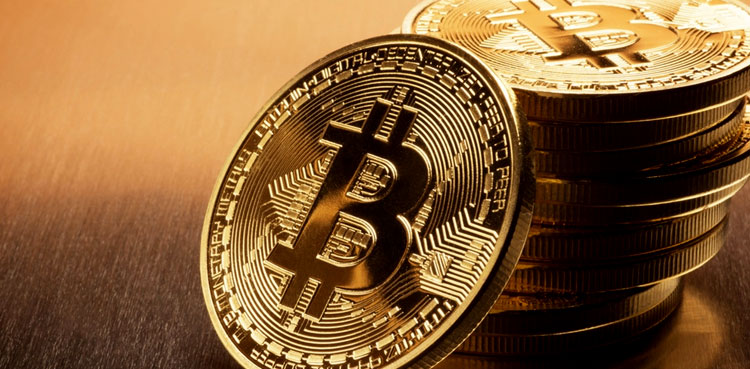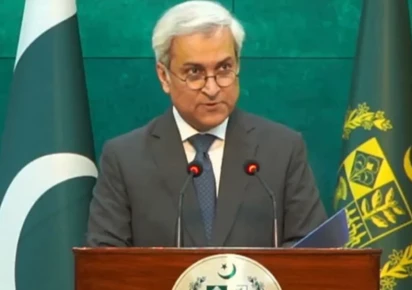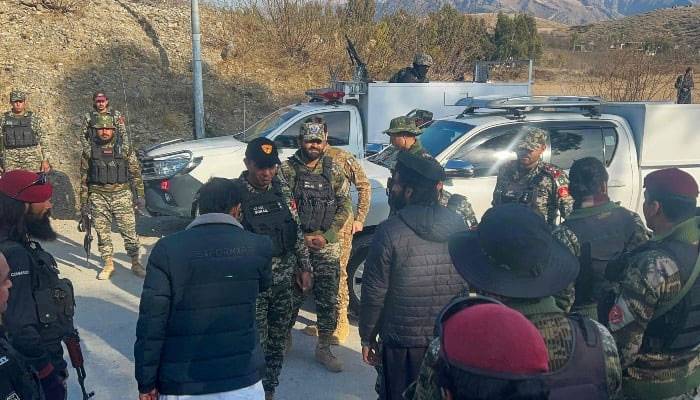The China-Pakistan Economic Corridor (CPEC), a symbol of strong friendship between Pakistan and China, has now entered its second phase, laying the foundation for a wide-ranging industrial, economic, and social transformation. The project is no longer limited to infrastructure, ports, and energy projects; through a network of Special Economic Zones (SEZs), it is positioning Pakistan as an essential hub for global trade, manufacturing, and advanced technology.
Across Pakistan, nine Special Economic Zones are being planned. Among them, Sindh’s Dhabeji SEZ and Khyber Pakhtunkhwa’s Rashakai SEZ are emerging as flagship models. These zones offer tax-free, duty-free benefits, one-window operations, and world-class infrastructure to attract foreign investors. The goal is to secure $5–10 billion in foreign direct investment (FDI) by 2030. These zones are expected not only to boost industrial growth but also to promote regional balance, create jobs, enable technology transfer, and ensure environmental sustainability.

CPEC: A Dream of Economic Power
Zahid Shinwari, former president of the Border Chamber of Commerce, expressed great excitement over the rapid progress of CPEC Phase II, calling it a historic development for Pakistan. He said, “The speed of work on CPEC will significantly increase our access to international markets. As a result, goods produced in Pakistan—including textiles, engineering products, and chemicals—will reach foreign markets in larger quantities. This will strengthen our foreign exchange reserves and provide a stable foundation for the national economy.”
He added that as Pakistan secures a strong position in global markets, local industries will expand, new factories will be built, and all sectors—from agriculture to technology—will contribute to making Pakistan an economic powerhouse. Shinwari emphasized that the success of CPEC’s infrastructure and energy projects will bring a complete economic transformation, attract global attention to Pakistan, dramatically increase exports, and establish the country as a leading industrial hub in South Asia.
CPEC: The Backbone of Pakistan’s Economic Growth
Renowned economist Riaz Ahmed has described the China-Pakistan Economic Corridor (CPEC) as the backbone of Pakistan’s economic development, calling it a project that could transform the nation’s future. He said, “If fast-track routes to Gwadar and Karachi ports are completed, Special Economic Zones become operational, and the energy crisis is permanently resolved, Pakistan will be able to strengthen trade not only with China but with the entire world—including Europe, the Middle East, Central Asia, and Africa.”
Referring to the current geopolitical situation, he noted that even though trade routes with Afghanistan are closed, Pakistan has not been negatively affected because Karachi port keeps the country connected to global trade. He added, “Once CPEC succeeds and Gwadar port becomes fully operational, we will be able to transport goods—from raw materials to value-added products—to many countries at lower cost and faster. This will not only boost exports but also reduce import costs, helping to shrink the trade deficit.”
Innovation in Local Industries
Ahmed Ali, owner of a marble factory in Mardan, Khyber Pakhtunkhwa, called the construction of Rashakai and Mardan Economic Zones a symbol of industrial transformation. He said, “The establishment of Mardan Economic Zone and Mahmand Marble Zone will bring a new wave of industry to the region. Currently, we extract marble using explosives, which destroys 80% of the valuable stone. This is not only an economic loss but also a waste of natural resources.”
He expressed hope that with China’s support in developing these economic zones, modern technologies such as laser cutting, water jet machines, and automation will be introduced. “This will save wasted marble and other valuable minerals like onyx, granite, and jade. It will not only strengthen local industries but also improve Pakistan’s position in export markets.”
Prime Minister Shehbaz Sharif’s China Visit and Strong Commitments
In September this year, Prime Minister Shehbaz Sharif’s visit to China gave new momentum to the China-Pakistan Economic Corridor (CPEC). He stated, “There is a shared commitment to further strengthen the ironclad, all-weather strategic partnership between Pakistan and China.” During the visit, a joint action plan for 2024–2029 was signed, which he called “a historic and significant step.”
The Prime Minister also highlighted government reforms, saying, “Tireless reform efforts are showing promising results, made possible by China’s strong support and confidence.” In June, China rolled over $3.4 billion in loans to help stabilize Pakistan’s foreign exchange reserves. During his 2025 Beijing visit, the Prime Minister provided Chinese investors with full security guarantees, opening doors for new investments in green technology, IT clusters, and electric vehicles.

Dhabeji and Rashakai Special Economic Zones: Symbols of Industrial Transformation
By November 2025, CPEC Phase II is driving industrial growth at an unprecedented pace. The Dhabeji Special Economic Zone, located near Karachi, covers 1,530 acres and focuses on petrochemicals, engineering, logistics, electronics, and pharmaceuticals. It is expected to attract $3 billion in foreign investment, create 100,000 direct jobs, and 50,000 indirect jobs.
Phase I infrastructure—including roads, electricity, water, and gas—is 70% complete. More than 20 enterprises have already been onboarded through digital portals, and full operations are expected by mid-2026. The Chief Minister of Sindh described Dhabeji SEZ as “the propeller of CPEC Phase II.” Its proximity to Port Qasim is expected to reduce logistics costs by 30%. The zone also serves as a model for green growth, promoting electric vehicles, solar panels, circular economy initiatives, and water recycling projects in line with Pakistan’s environmental commitments.

Rashakai Khyber Pakhtunkhwa Special Economic Zone
The Rashakai Special Economic Zone, located near Nowshera, covers more than 1,000 acres and focuses on steel, cement, food processing, textiles, IT, and marble processing. It is expected to attract over $2 billion in investment, create 50,000 jobs, and become Pakistan’s first fully operational SEZ.
Connected to the Peshawar-Karachi motorway, Rashakai is set to become a northern export hub. Chinese investors from Xinjiang have signed multiple MOUs for petrochemical, engineering, and automation projects. The zone will focus on adding value to minerals, helping reduce resource waste.

Shared Facilities and a Promising Future
Both Rashakai and Dhabeji SEZs offer ten-year tax exemptions, customs duty waivers, 100% foreign ownership, and a one-window regulatory system. These measures are expected to boost Pakistan’s manufacturing exports by up to $10 billion annually while reducing import costs by $1 billion per year. The Asian Infrastructure Investment Bank (AIIB) and Asian Development Bank (ADB) are helping finance infrastructure. The government’s “Ease of Doing Business” initiative has reduced investor onboarding from months to days, increasing transparency and confidence.
Pakistan’s Bright Future: Jobs, Technology, Sustainability, and Regional Balance
These SEZs are becoming industrial anchors for technology transfer from China, promoting local manufacturing, automation, renewable energy, and smart manufacturing. By 2030, they are expected to create 300,000 direct and 1 million indirect jobs, with strong participation from youth and women. Vocational training centres, technical institutes, and specialized programs in engineering, IT, and green technology are being launched.
By connecting South Asia to Central Asia, the Middle East, and Europe, Pakistan is poised to become a global trade hub. Despite challenges like security concerns and land acquisition delays, these zones symbolize the shift from infrastructure development to export-led growth. Their success could increase Pakistan’s GDP by 5–7% by 2030 and help realize the vision of a trillion-dollar economy by 2040.
